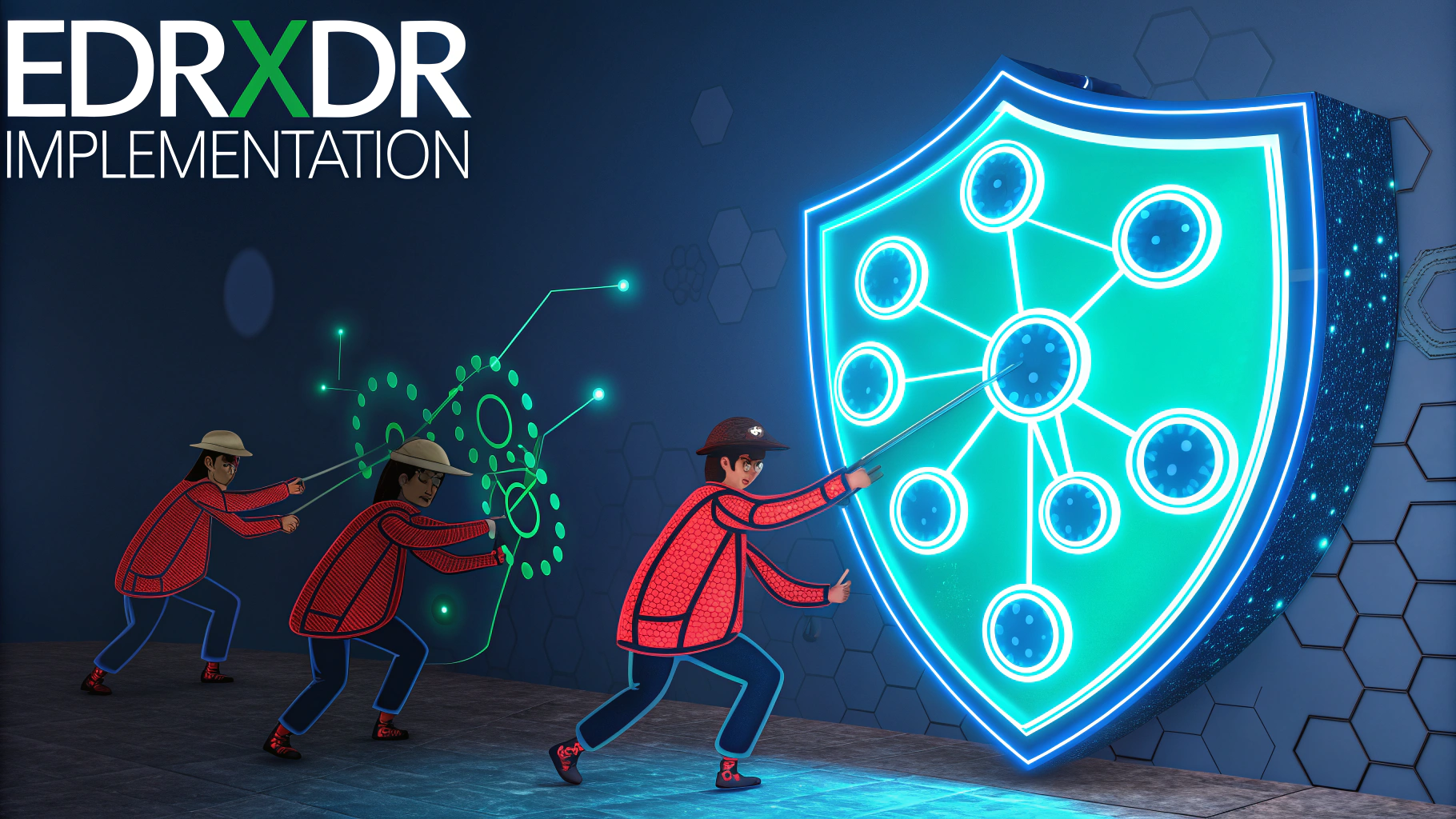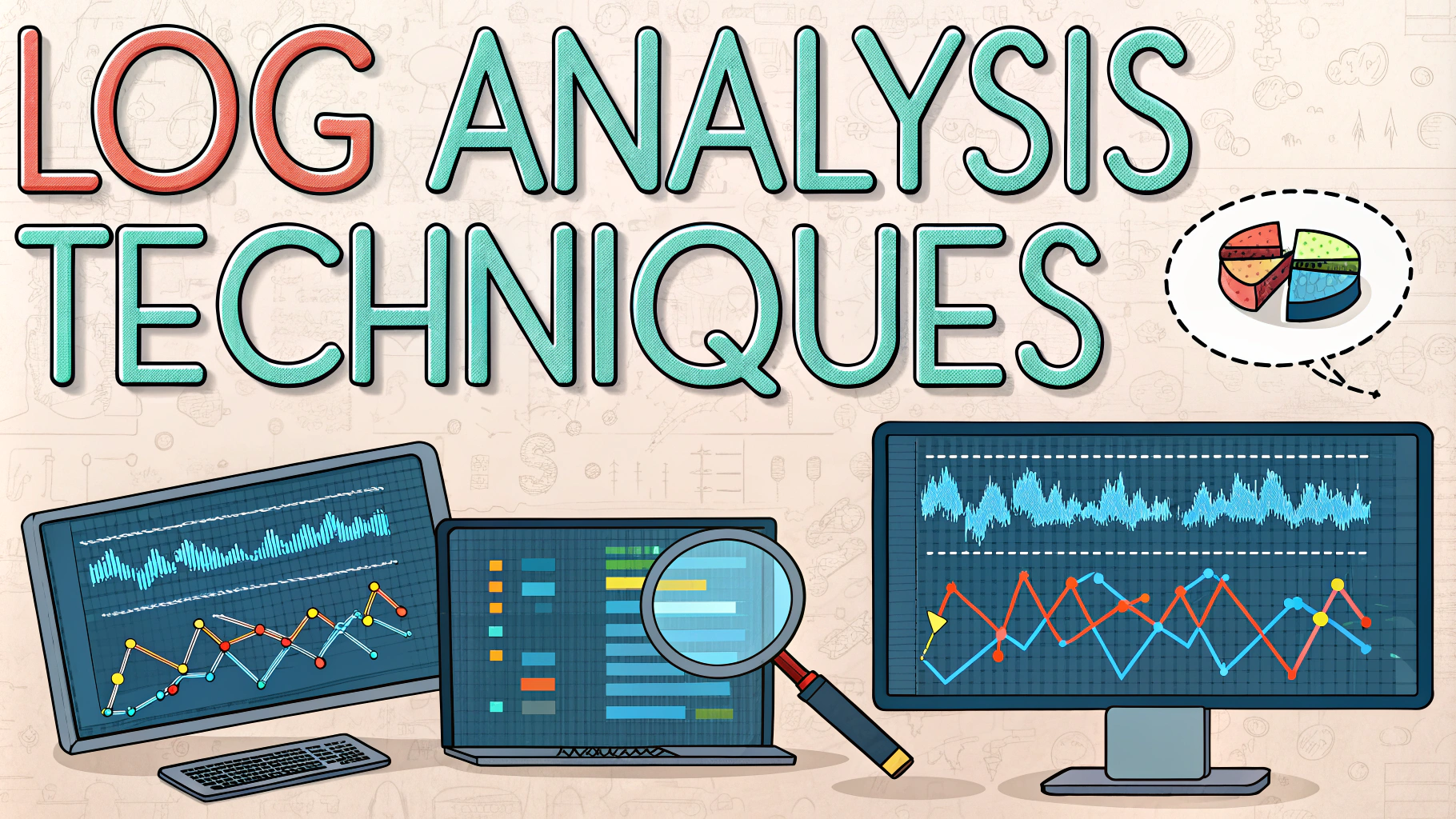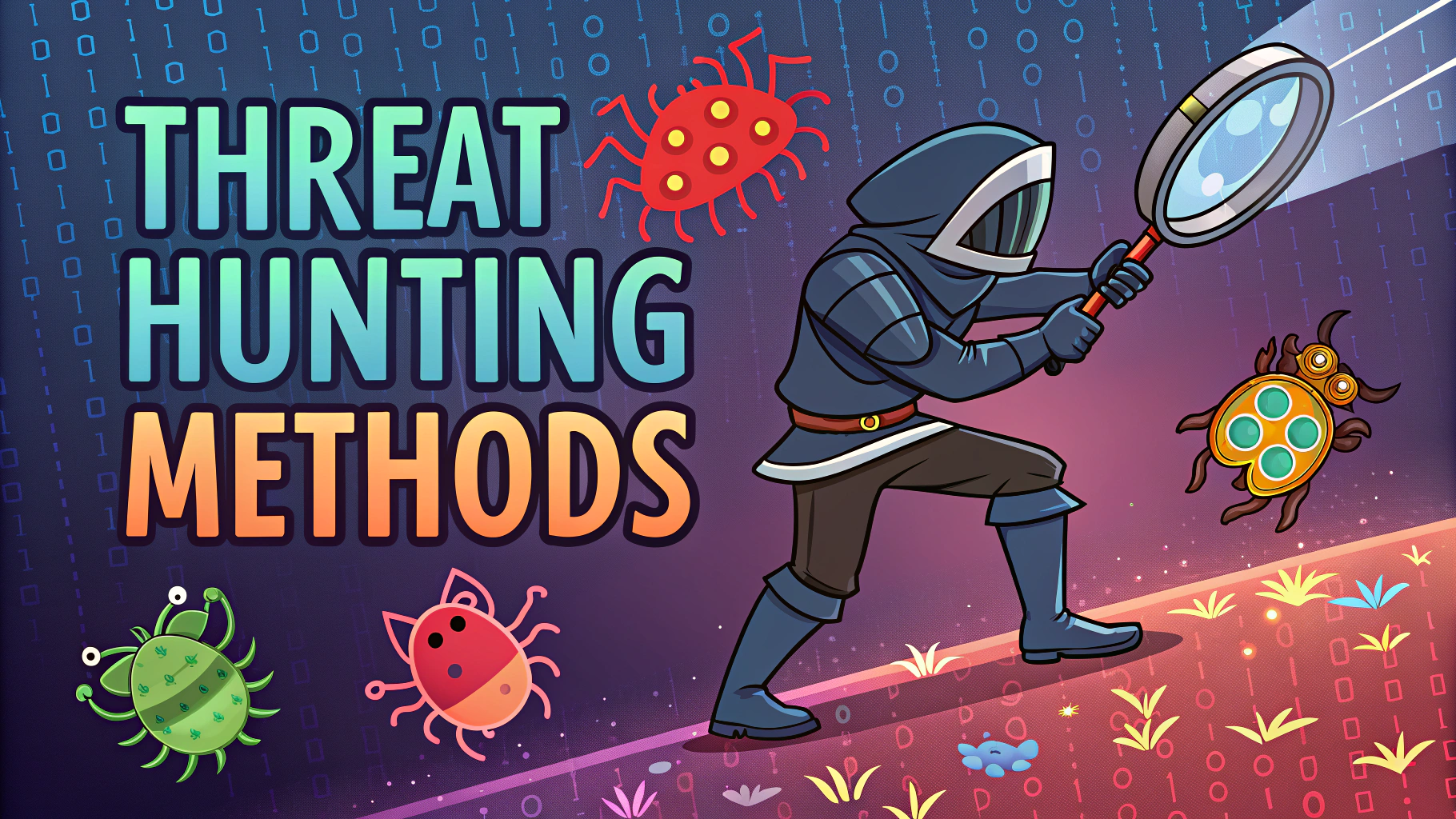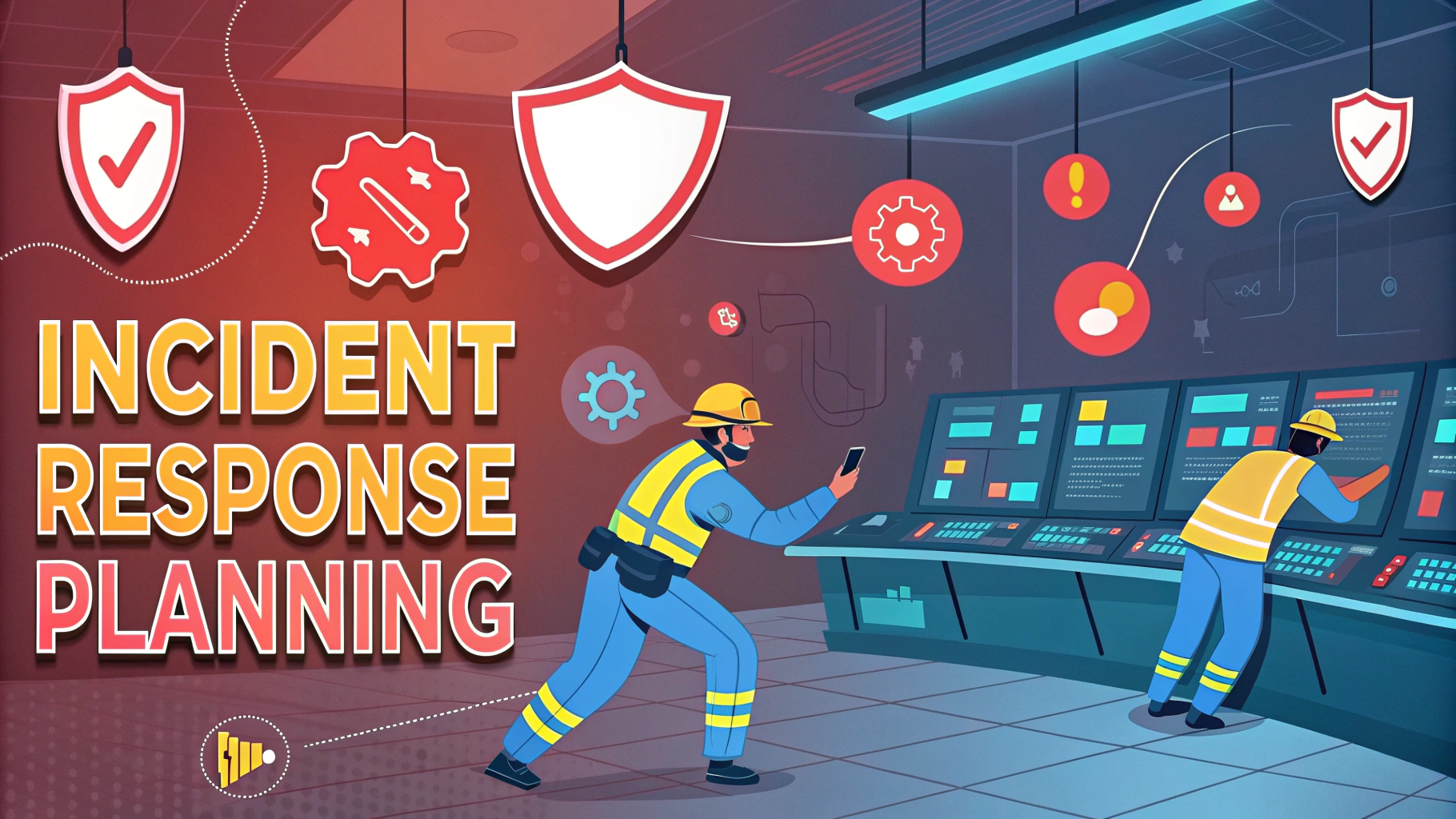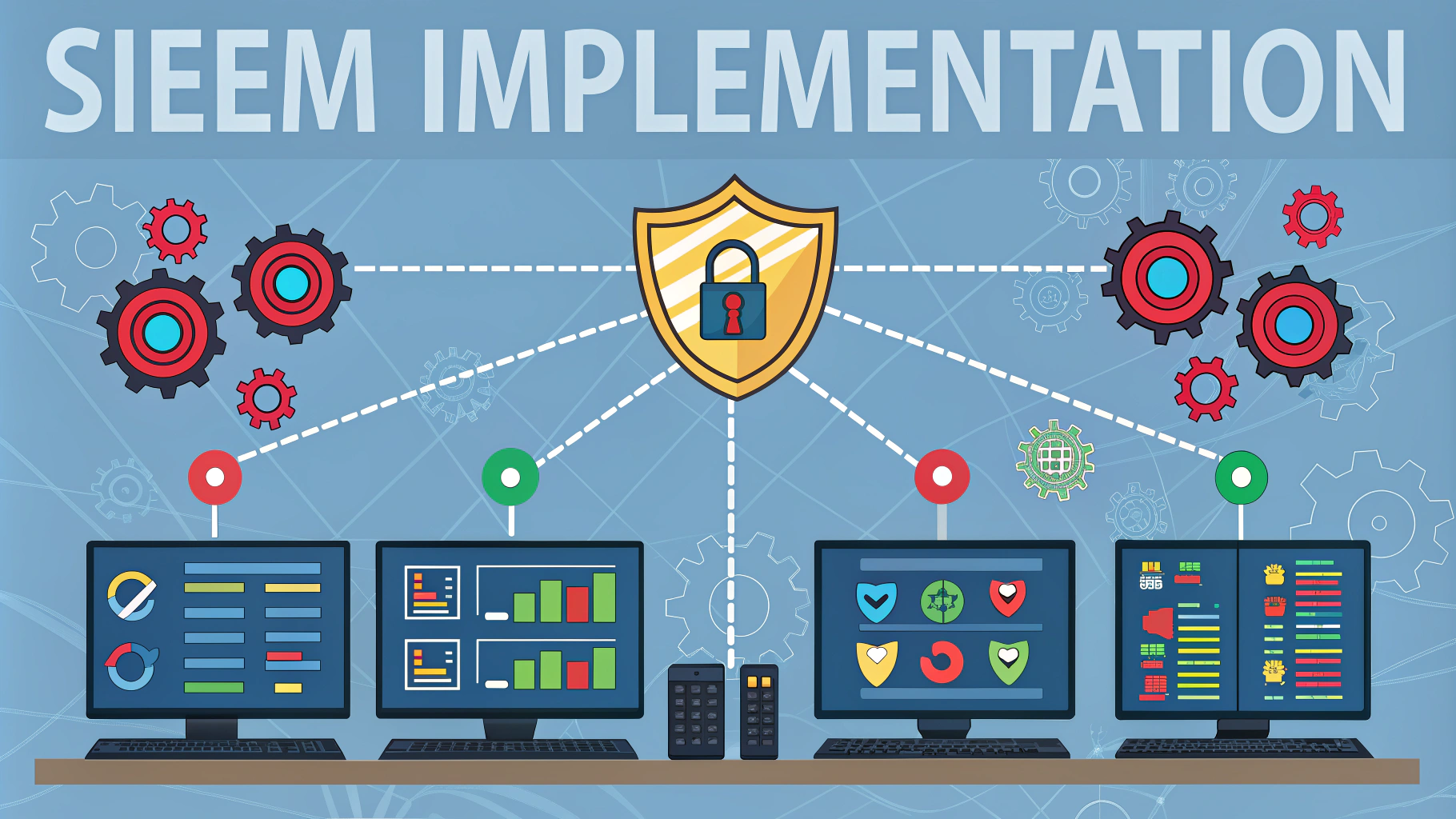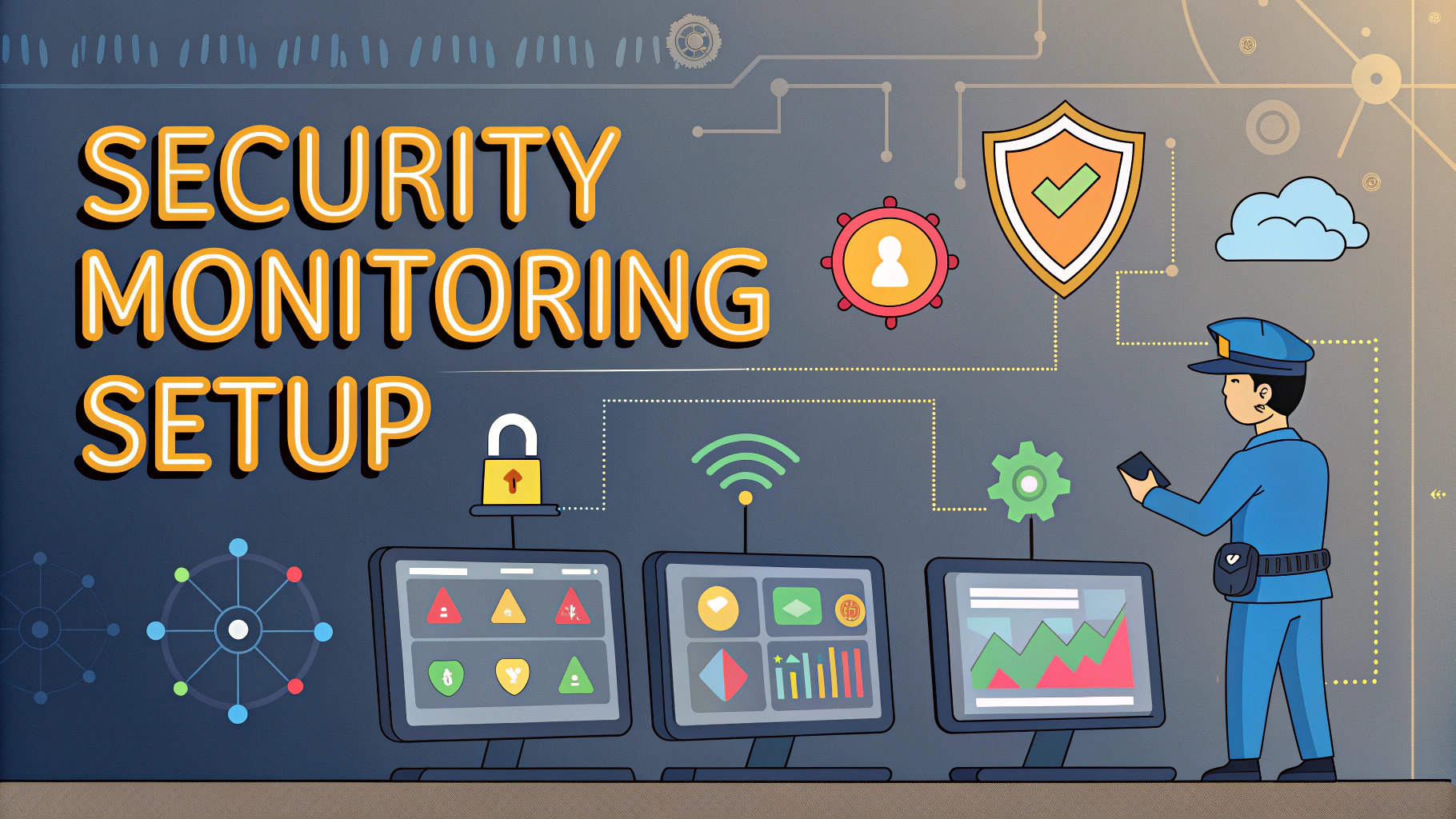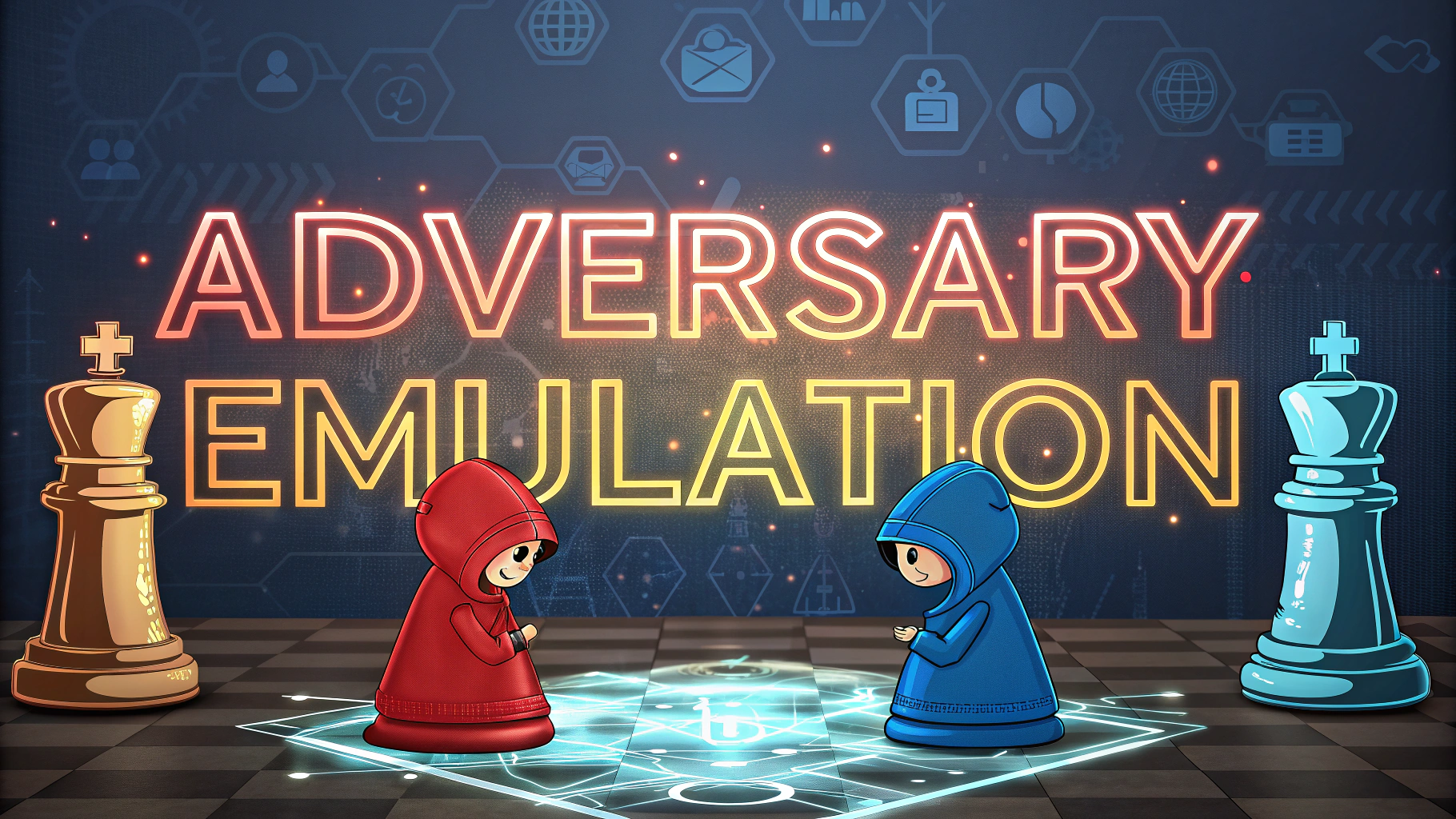Getting certified as a penetration tester requires focused study and hands-on practice with the right resources.
The CompTIA PenTest+ certification validates the skills needed to perform professional penetration testing and vulnerability assessment.
This quick guide outlines the most effective study materials and practice environments to help you prepare for the PenTest+ exam.
Essential Study Materials
- Official CompTIA Study Guide – Contains all exam objectives and practice questions
- Sybex PenTest+ Study Guide – Comprehensive coverage with lab exercises
- Jason Dion’s Udemy Course – Video training with practical demos
- TryHackMe PenTest+ Path – Hands-on labs aligned with exam objectives
Practice Environments
- Metasploitable – Deliberately vulnerable Linux VM for testing
- DVWA – Damn Vulnerable Web Application for web testing practice
- HackTheBox – Online platform with realistic penetration testing scenarios
- VulnHub – Free vulnerable VMs to practice exploitation
Key Tools to Master
- Nmap – Network mapping and port scanning
- Wireshark – Network protocol analysis
- Metasploit Framework – Exploitation toolkit
- Burp Suite – Web application testing
- John the Ripper – Password cracking
Online Communities
Join the CompTIA Discord to connect with other exam candidates.
Follow the /r/CompTIA subreddit for study tips and success stories.
Participate in HackTheBox forums to learn from experienced pentesters.
Practice Exam Resources
- Dion Training Practice Exams
- Official CompTIA CertMaster Practice
- Pearson Practice Tests
- Sybex Online Test Bank
Building Your Lab
- Set up VirtualBox or VMware for virtualization
- Install Kali Linux as your attack platform
- Deploy vulnerable VMs from VulnHub
- Configure an isolated network for testing
- Practice common attack scenarios
Next Steps After Certification
- Build a portfolio of documented pen testing projects
- Join local security meetups and conferences
- Consider advanced certifications like OSCP
- Apply for junior penetration testing positions
- Connect with security professionals on LinkedIn
Exam Day Preparation
- Schedule your exam during your peak performance hours
- Review performance-based question examples
- Get proper rest the night before
- Arrive early to the testing center
- Bring required identification documents
Common Pitfalls to Avoid
- Focusing only on multiple-choice questions
- Neglecting hands-on practice
- Skipping performance-based scenarios
- Relying on brain dumps
- Not managing exam time effectively
Essential Exam Topics
Planning and Scoping
- Project planning methodology
- Rules of engagement
- Communication strategies
- Legal compliance
Information Gathering
- Passive reconnaissance
- Active scanning
- Vulnerability assessment
- Target validation
Launching Your Security Career
The PenTest+ certification marks a significant milestone in your cybersecurity journey. Remember to:
- Keep your skills current with continuous learning
- Document your testing methodologies
- Build a professional network
- Stay informed about emerging threats
- Maintain ethical standards in all testing activities
Success in penetration testing requires dedication to both technical excellence and professional development. Your certification is just the beginning of an exciting career in cybersecurity.
FAQs
- What certifications should I get before pursuing the PenTest+?
CompTIA recommends having Network+, Security+, and 3-4 years of hands-on cybersecurity experience before attempting PenTest+. While not mandatory, these provide essential foundational knowledge. - Which tools are essential to learn for the PenTest+ exam?
Nmap, Wireshark, Metasploit Framework, Burp Suite, and various Linux command-line tools are crucial. The exam also covers Nessus, OpenVAS, and scripting tools like Python. - Is hands-on lab experience necessary for the PenTest+ exam?
Yes, practical experience is vital. Set up a home lab with virtual machines running Kali Linux, vulnerable systems like Metasploitable, and practice environments like DVWA (Damn Vulnerable Web Application). - What are the main domains covered in PenTest+?
The exam covers Planning and Scoping, Information Gathering and Vulnerability Scanning, Attacks and Exploits, Penetration Testing Tools, and Reporting and Communication. - How does PenTest+ compare to CEH and OSCP?
PenTest+ is vendor-neutral and focuses on practical skills, while CEH is more theoretical. OSCP is more advanced and purely hands-on. PenTest+ sits between these in terms of difficulty and practical requirements. - What’s the best way to practice for the performance-based questions?
Use platforms like TryHackMe, HackTheBox, and VulnHub to practice real-world scenarios. Focus on both attack techniques and proper documentation of findings. - How often is the PenTest+ exam updated?
CompTIA updates the PenTest+ exam objectives approximately every three years to reflect current technologies and security practices. The current version is PT0-002. - Are there any free resources available for PenTest+ preparation?
Yes, CompTIA provides exam objectives freely. Other resources include Professor Messer’s videos, GitHub repositories with study guides, and various online penetration testing labs. - What’s the format of the PenTest+ exam?
The exam consists of both multiple-choice questions and performance-based questions, with a maximum of 85 questions. The test duration is 165 minutes, and a passing score is 750 (on a scale of 100-900). - What programming languages should I know for PenTest+?
Basic understanding of Python and Bash scripting is essential. Knowledge of PowerShell for Windows environments and basic SQL for database testing is also beneficial.

